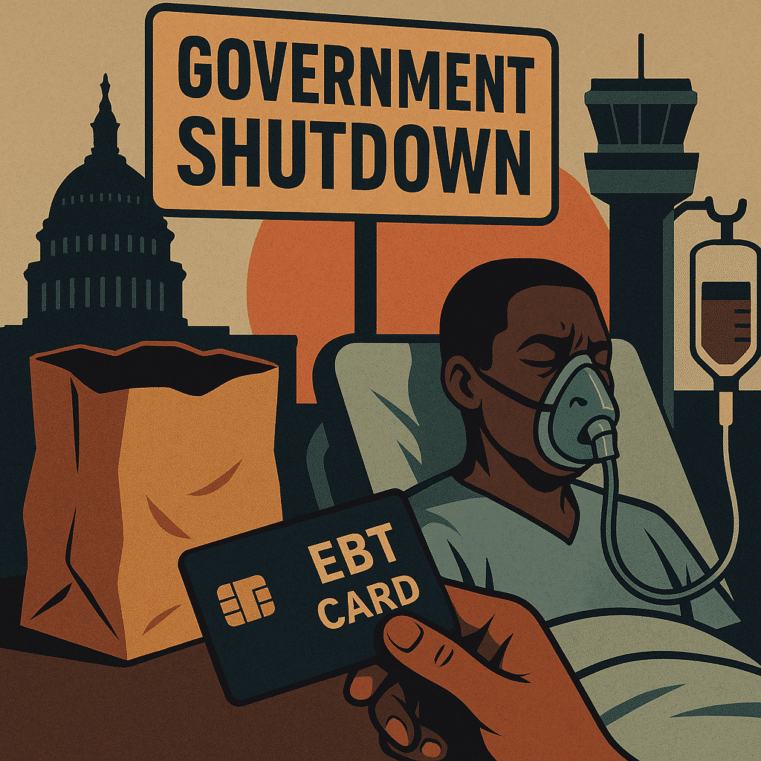
Europe Moves Toward a Digital Euro: What’s Happening and What It Could Mean for the U.S.
Europe’s Digital Euro: The Latest March Toward Monetary Control
Europe is not just “exploring” a digital euro — it’s accelerating full speed ahead. EU finance ministers are forming frameworks so that payments in Europe aren’t mediated by American giants like Visa and Mastercard. They say the goal is strategic autonomy: fewer dependencies on foreign payment rails, more control over the flow of value.
The European Central Bank (ECB) is targeting a launch by 2029, assuming political consensus and legal scaffolding are in place. But “consensus” in Brussels is a messy beast — disagreements over privacy, banking disruption, legislative safeguards, and technical architecture could slow things or force compromise.
The digital euro would be a hybrid: public infrastructure built by or under oversight of the ECB, but private players (banks, payment providers) would handle distribution, customer interfaces, and most interactions with users. That’s meant to preserve existing financial intermediation while giving the state access to the underlying rails.
They promise “privacy like cash,” offline functionality, and limited holdings so as not to destabilize commercial banks. But those promises are fragile — design choices and political pressure could dismantle them later. Once the infrastructure is in place, retrofitting privacy or resistance becomes much harder.
The stated motivations are broad: unify fragmented European payment markets, reduce costs, safeguard sovereignty, insulate against foreign coercion (especially from U.S.-based firms), and compete with rising alternatives like stablecoins or the Chinese digital yuan.
Moreover, Europe fears that if it doesn’t act fast, U.S.-centric stablecoins or digital dollar wrappers will penetrate its financial markets, shifting control over flows, data, and liabilities to Washington or private tech platforms.
Why the U.S. Should Be Watching (and Worried)
What Europe is doing now is not just a European problem. It’s a canary in the coal mine for monetary control.
Europe is effectively drafting a blueprint for state-mediated money: public rails layered with private service providers, all under centralized control. If Europe manages to implement this model, Washington and others will likely follow suit or face pressure to do the same.
And then there’s surveillance. In a world where all payments are digital and channeled through central infrastructure, every transaction leaves a trace. Regulators, intelligence agencies, and tax authorities will inevitably seek access to that data. So much for “privacy like cash” — expect it to become “privacy only with permission.”
There’s also the looming disruption of the traditional banking system. If people can store digital euros directly at the ECB, commercial banks risk hemorrhaging deposits. Europe claims it’ll cap holdings and offer no interest to curb this, but we all know how quickly those controls can be overridden in a crisis.
This digital currency push isn’t just about domestic payments, either. Europe wants to elevate the euro’s global role. If successful, the digital euro could challenge the dollar’s supremacy in cross-border transactions and international reserves — not with force, but with a new infrastructure advantage.
Finally, Europe’s choices could ripple outward. The standards it sets on privacy, programmability, or cross-border use might become de facto global norms. That means U.S.-based fintech and dollar-backed platforms could be forced to comply with rules crafted in Brussels.
How This Could Unfold in the U.S.
If Europe’s digital euro takes hold, don’t expect the U.S. to stay on the sidelines. Congress may soon find itself under pressure to protect the dollar’s dominance by greenlighting a digital alternative of its own — not out of desire, but as a defensive maneuver.
Privacy debates will intensify. As Europe tinkers with anonymization, KYC enforcement, and programmable features, Americans — more fiercely protective of their financial privacy — will face similar battles. The difference is that in the U.S., resistance to state overreach still has teeth.
There’s also the issue of interoperability. If European and American systems are expected to work together, European standards may dictate how U.S. systems are built, regardless of what domestic policymakers want.
Capital flows could also shift. If Europe offers faster, cheaper, and more transparent payment options, global capital might begin drifting toward European systems — challenging U.S. banks and payment providers.
And then there’s the elephant in the room: regulatory capture. Whoever builds the U.S. version of digital money infrastructure will wield incredible power. Europe is already demonstrating how central banks and their tech partners can embed themselves deep into the plumbing of everyday finance.
The Dark Undercurrents They Don’t Want You to See
Let’s get one thing straight: the technical details matter. Every design decision — whether payments can be blocked or reversed, how much anonymity is preserved, or if funds can be blacklisted — has real-world implications. Once those tools are baked in, it’s nearly impossible to claw them back.
This isn’t just about money. It’s about data — and whoever controls the rails controls the insight. Central banks and governments won’t just know your balance. They’ll see who you pay, how often, when, and where. It’s a surveillance goldmine.
Programmability is another loaded term. Imagine the state dictating how and where you spend stimulus funds, or imposing penalties for “unapproved” purchases. That’s not science fiction — it’s a looming reality.
Governments could also force adoption by making alternatives less appealing. Think transaction fees on cash, or outright bans on competing currencies. Slowly, the freedom to choose how you store and spend money gets strangled.
And while we’re told digital currencies will protect banks through limits and buffers, those promises will crumble the moment there’s a crisis. Political pressure will override whatever protections were claimed. It always does.
What You Should Do (and Why You Should Care Now)
Start by reading the proposals — not the PR. The nice-sounding phrases like “privacy by design” or “offline mode” often mask backdoors and compromises. Be skeptical.
Demand third-party audits. If the government builds this infrastructure, it must be open to scrutiny from outside institutions — not just internal regulators.
Push for strong legal safeguards. That means enshrining privacy rights, ensuring access for the unbanked, and rejecting any form of programmable control over how and when your money can be used.
Pay attention to what Congress does next. The minute lawmakers move to legislate a digital currency framework, understand that power is shifting. Once those rails are built, they’re nearly impossible to dismantle.
And above all, diversify. If the future of legal tender is digital and centralized, your financial sovereignty depends on owning alternatives — hard assets, decentralized systems, and tools for self-custody. You don’t want to be left depending on the benevolence of central planners.
Bottom line: Europe’s push toward a digital euro is more than tech or payments. It’s a fundamental assault on how money is created, controlled, and observed. If you think it’s “just Europe’s problem,” you’re already behind.
Call to Action
Want the counterplaybook? Download Seven Steps to Protect Yourself from Bank Failure by Bill Brocius now and start safeguarding your monetary autonomy.











